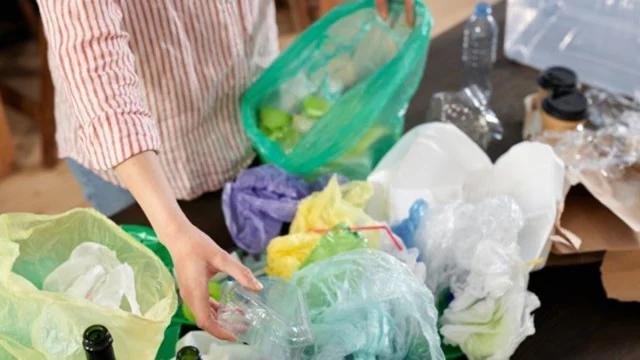
Plastic-Linked Diseases Cost World $1.5 Trillion Yearly: Study
The world is facing a “plastics crisis” that is causing significant harm to human health, according to a recent study published in The Lancet. The study, which analyzed data from 204 countries, found that the annual health damage caused by plastics is at least $1.5 trillion. This staggering figure highlights the urgent need for a global response to the plastic pollution crisis.
The study, led by Dr. Maria Neira, a World Health Organization (WHO) director, examined the impact of plastics on human health from 1950 to 2016. The researchers found that the production of plastic has surged 200-fold since 1950 and is expected to triple by 2060. This rapid increase in plastic production has led to an unprecedented amount of plastic waste in the environment, which is harming people from all age groups.
The study identified a range of health problems linked to plastic exposure, including:
- Miscarriage and birth defects: Exposure to certain plastic chemicals, such as phthalates and bisphenol A (BPA), has been linked to an increased risk of miscarriage, birth defects, and reproductive problems.
- Cancer: Some plastic chemicals, such as dioxins and furans, are known to increase the risk of cancer. Exposure to these chemicals has been linked to an increased risk of breast cancer, prostate cancer, and other types of cancer.
- Lung damage: Inhaling plastic particles, such as those found in air pollution, can cause lung damage and respiratory problems.
- Infertility: Exposure to certain plastic chemicals has been linked to an increased risk of infertility and reproductive problems.
The study’s findings are alarming and underscore the need for immediate action to address the plastic pollution crisis. The production of plastic is a significant contributor to greenhouse gas emissions and is also a major source of pollution in oceans and waterways.
The Lancet study highlights the urgent need for a global response to the plastic pollution crisis. The researchers are calling for governments, companies, and individuals to take action to reduce plastic production and waste. Some potential solutions include:
- Reducing plastic production: Governments and companies can work together to reduce plastic production and increase the use of sustainable materials.
- Increasing recycling: Improving recycling infrastructure and increasing recycling rates can help reduce the amount of plastic waste that ends up in landfills and oceans.
- Implementing extended producer responsibility: Companies that produce plastic products can be held responsible for the waste generated by those products.
- Changing consumer behavior: Individuals can play a critical role in reducing plastic waste by making conscious choices about the products they purchase and the packaging they use.
The plastic pollution crisis is a complex problem that requires a coordinated response from governments, companies, and individuals. The Lancet study provides a stark warning about the health risks associated with plastic exposure and highlights the urgent need for action.
Conclusion
The study published in The Lancet is a wake-up call for the world. The health risks associated with plastic exposure are significant and far-reaching, and the economic costs are staggering. It is imperative that governments, companies, and individuals work together to reduce plastic production and waste. By taking action now, we can mitigate the negative impacts of plastic pollution and create a healthier, more sustainable future for all.
Source:
https://www.thelancet.com/journals/lancet/article/PIIS0140-6736(25)01447-3/abstract






